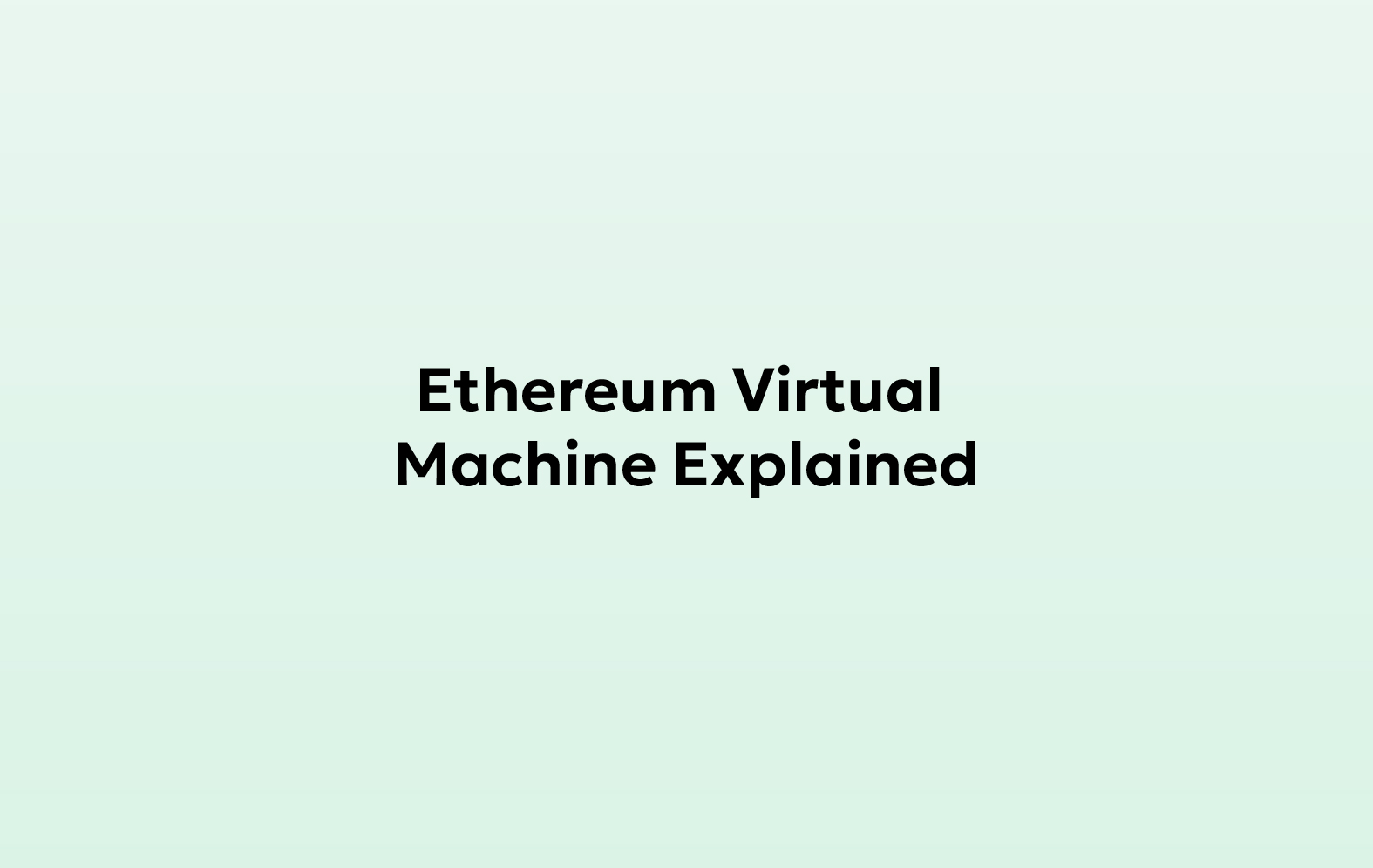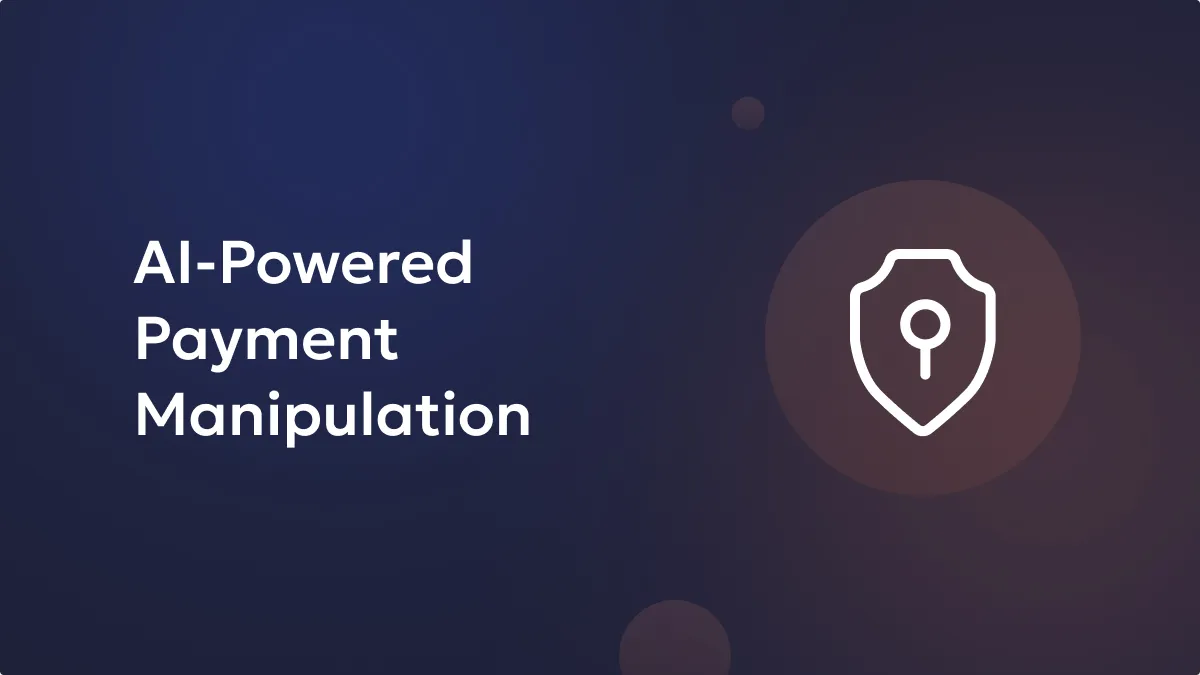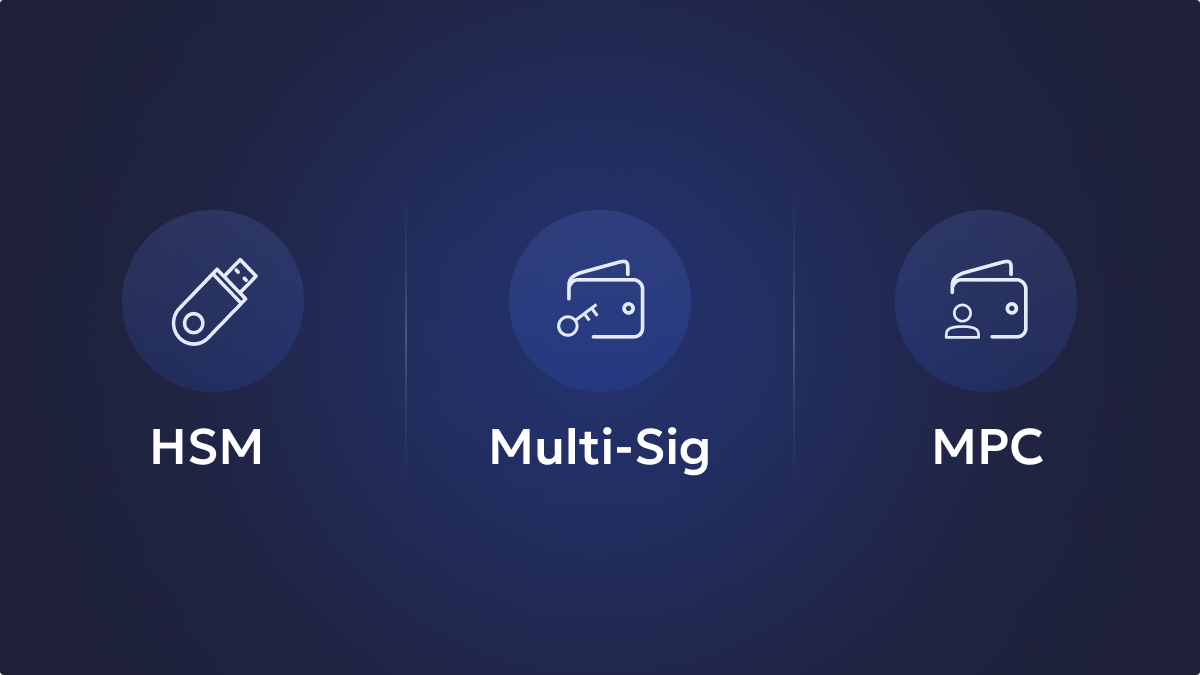The Ethereum Virtual Machine (EVM) stands at the core of the Ethereum network. It is a groundbreaking open-source platform reshaping the blockchain technology landscape. Although initially designed for the Ethereum network, its significance extends beyond its native environment. Presently, numerous blockchain networks aspire to achieve EVM compatibility, drawn by its flourishing ecosystem of developers and decentralised applications (dApps).
The Ethereum Virtual Machine (EVM) serves as the dedicated runtime environment for Ethereum’s smart contract. It is designed to be sandboxed and isolated from other system components. This ensures that no operation within the EVM impacts your data or programs, regardless of how frequently a specific function is invoked.
The blockchain EVM is the runtime environment responsible for executing Ethereum smart contracts, utilising Ethereum’s Turing-complete scripting language, Solidity. To fulfil the execution of this code, the Ethereum Virtual Machine (EVM) comes into play. Positioned atop the Ethereum network, it operates in a manner that ensures consensus among all nodes regarding the code to be executed at any given moment.
Unlock the potential of digital assets for your institution
Key Points to Remember:
- Ethereum’s Turing completeness distinguishes it from other blockchains, such as Bitcoin. This characteristic allows Ethereum to execute arbitrary logic, enhancing its versatility and functionality.
- Ethereum is not the sole EVM-compatible blockchain; several Layer 1 (L1) and Layer 2 (L2) chains share this compatibility. This feature facilitates seamless migration, contract deployment, and token transfers between various chains. Notable examples include Polygon, BNB Smart Chain, Avalanche, and more.
- The EVM plays a pivotal role in enabling developers to deploy decentralised applications (dApps) on the Ethereum network. This emphasis on decentralisation underscores Ethereum’s commitment to fostering a distributed and secure ecosystem for diverse applications.
What is an EVM-Compatible Blockchain?
An EVM-compatible blockchain serves as the backbone of the Ethereum blockchain, simplifying the development of decentralised applications and smart contracts while standardising wallet usage. As technological advancements unfold and the web3 blockchain progresses, the EVM blockchain is emerging as the preferred standard for developers.
Explaining the Ethereum Virtual Machine (EVM)
The Ethereum Virtual Machine (EVM) plays a pivotal role in the Ethereum blockchain ecosystem, functioning as the operational environment for running smart contracts and decentralised applications (DApps). Serving as a decentralised computing entity, the EVM chain operates across the global network of Ethereum nodes. Its primary responsibility is to process and execute code scripted in Ethereum’s native language, Solidity, or other compatible programming languages.
Secure and manage your digital assets with Liminal
Fundamentally, the EVM is a Turing-complete, isolated execution environment. Its Turing completeness implies the capability to theoretically execute any computation, offering a versatile foundation for the development of diverse DApps. The EVM blockchain’s isolated nature ensures secure code execution, safeguarding the entire network against potential malicious threats. Ethereum developers compile their smart contracts into bytecode, which becomes immutable upon deployment on the blockchain, ready to be executed by the EVM.
Users and DApps engage with the EVM-based blockchain by transmitting transactions containing executable code to Ethereum addresses. These transactions prompt the EVM to execute the code, enabling interactions with and modifications to the Ethereum state (the distributed ledger). This mechanism facilitates the creation of decentralised applications with functionalities ranging from decentralised finance (DeFi) to non-fungible tokens (NFTs) and more.
The decentralised and deterministic execution of the EVM ensures that all nodes within the Ethereum network achieve consensus on the state changes resulting from these transactions. This process upholds the integrity and trustworthiness of the blockchain, establishing a reliable foundation for the Ethereum ecosystem.
Key terminologies in EVM and Their Functions
Smart Contract Components: These components, often referred to as “Uncles,” represent small fragments of smart contracts or data that reside on the blockchain. This feature proves valuable as it enables the storage of metadata about a program, enhancing the versatility of data management within the Ethereum ecosystem.
Actions: Fundamental operations applicable to assets stored in memory, excluding actions directly on the blockchain. Examples include multiplication and addition.
Balance: Signifies the amount of Ether an entity possesses at any given time. While not a variable, it serves as a memory section where the EVM-based blockchain stores data. Attempts to modify or read from it result in an error.
Block: Immutable storage capturing all actions and transactions related to Ethereum until the current block. With a fixed limit of 65,000 blocks, this structure remains constant.
Blockhash: A hash representing a specific block. Useful for referencing data stored under a different name on the blockchain.
Block Number: Indicates the position of the block in the blockchain. Beginning from zero, the block number increments with each newly added block, and associated timestamps reveal the time elapsed between two blocks.
Code: Executable blockchain EVM code determines actions when certain inputs occur, such as money transfers.
CodeHash: A hash representing the code itself, visible when inspecting a contract on platforms like Etherscan. This hash changes as functions execute, reflecting alterations based on inputs.
CodeSize: The actual size of the code measured in bytes.
GasLimit: An EVM blockchain component allowing users to specify the amount of gas they are willing to expend for an execution. If this number is zero, no action takes place, although such occurrences are rare.
How EVM Works
The Ethereum Virtual Machine (EVM) is a crucial component that executes scripts, carrying out specific operations within the Ethereum blockchain. It acts as a program facilitating the creation of new tokens on the Ethereum Blockchain. In the context of EVM-compatible blockchains, a script refers to a set of instructions or an algorithm that guides the computer on proper functionality. Access to any network node is a prerequisite for executing desired commands and seamlessly generating new tokens on the blockchain.
In the Ethereum ecosystem, smart contracts play a pivotal role, embodying computer code designed to enable the exchange of money and information. The Ethereum Virtual Machine provides a Turing-complete environment for executing these scripts and smart contracts, allowing any computation feasible on a computer to run on the EVM chain. Serving as the foundation for decentralised applications (DApps), the blockchain EVM ensures the correct and expected execution of transactions and smart contracts on the Ethereum blockchain, aligning with the predetermined logic set by the smart contract creator.
The Ethereum Virtual Machine consists of two integral parts. Firstly, the EVM, which is responsible for running Solidity’s source code, is written in C++ and utilises LLVM as its compiler. It offers a comprehensive virtual machine with features essential for a general-purpose Smart Contract Virtual Machine, supporting multiple programming languages, security features, runtime environments, and the ability to write custom EVM chain bytecode. Secondly, “Uncles” are small components storing smart contracts or data on the blockchain, providing a means to store metadata about programs. Additionally, blockchain EVM Assembly, the bytecode of the EVM blockchain, serves as a programming language for developers in the Ethereum ecosystem. In essence, the Ethereum Virtual Machine simplifies the creation and execution of DApps on the blockchain.
Advantages of EVM-Compatible Blockchains
EVM-compatible blockchains offer several advantages to developers engaged in crafting smart contracts and constructing decentralised applications (dApps):
Interoperability: Smart contracts and dApps formulated for one EVM-compatible chain, such as Ethereum, can be seamlessly transferred to other EVM-compatible chains, like Polygon, with minimal adjustments to the code.
Costs: The EVM establishes a standardised environment for writing smart contracts and developing dApps. This allows developers to write code once and deploy it on any EVM-compatible blockchain, eliminating the need for separate codebases for each chain. The use of Solidity, a widely adopted programming language for Ethereum, further reduces the learning curve across EVM-compatible blockchains.
Developer Ecosystem: Since dApps on EVM-compatible blockchains inherently operate on the Ethereum network, they gain access to its extensive user base of over 100 million unique wallets. This integration simplifies the process of achieving mass adoption for web3 applications built on EVM-compatible blockchain networks.
Decentralised Applications and Financial Systems on EVM Chains
The ongoing advancement of web3 emphasises the extensive utilisation of decentralised applications, particularly in the realm of decentralised finance (DeFi) exchanges and stablecoins. This necessitates swift transactions at reduced costs. The emergence of EVM-compatible layer-2 scaling solutions adds further value to the blockchain EVM’s adaptability.
An EVM blockchain operates in a decentralised manner, supported by a network of contributing computers or nodes. This decentralised structure ensures transparency and immutability, implying that once data is recorded on the blockchain remains unalterable and irremovable. This characteristic establishes a trustless environment for participants, thereby enhancing the overall security of the system.
Conclusion
In summary, EVM-compatible blockchains offer significant advantages by prioritising scalability and efficiency, all while being integrated into the Ethereum network and harnessing its full range of capabilities.
The EVM’s establishment of a standardised environment for decentralised applications (dApps) ensures that any application developed on an EVM-compatible blockchain is not only optimised for portability but also interoperable with other EVM networks. This interoperability facilitates seamless access to the expansive Ethereum ecosystem for all dApps constructed on these blockchains.






